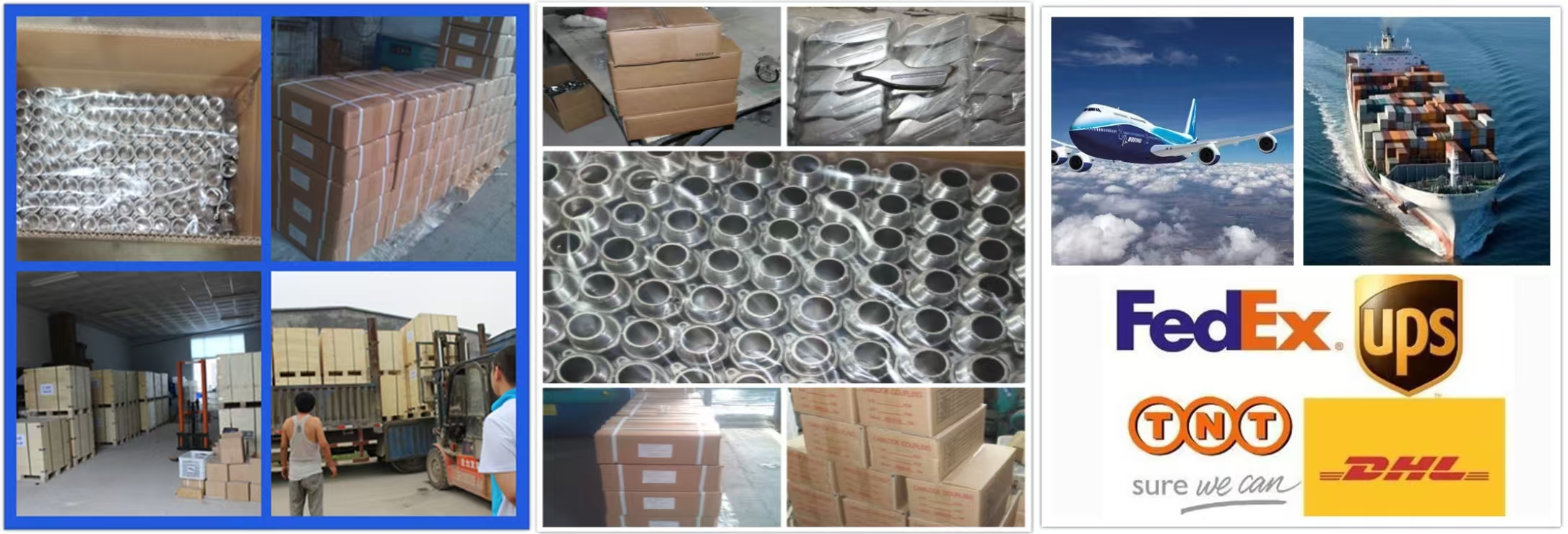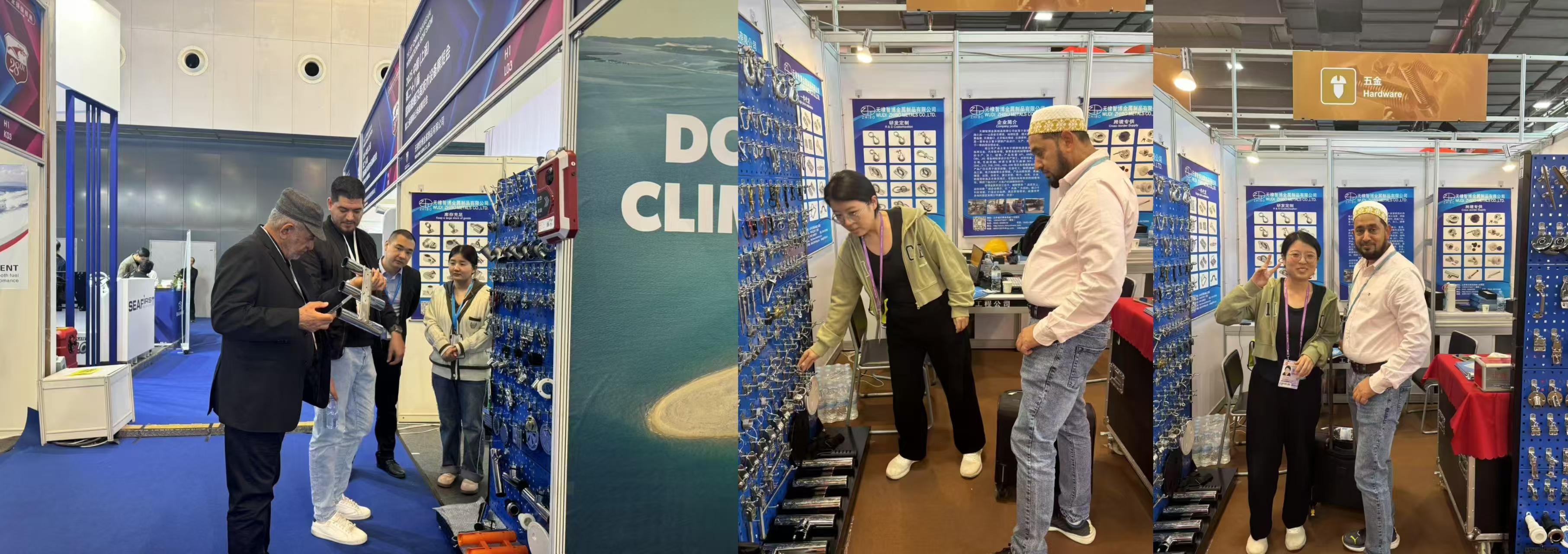- All
- Product Name
- Product Keyword
- Product Model
- Product Summary
- Product Description
- Multi Field Search
- Home
- Products
- Develop Custom Products
- Rail Fishing Rod Holder
- Anchors And Accessories
- Wire Rpoe Cleat
- Deck Filler And Outlet
- Air Vent Cover
- Aluminum Carabiner Hook
- Cam Buckle
- Chain Fitting
- Crane Hook
- Cup Holder
- Deck Inspection Plate
- Door Hasp
- Drain Plug
- Eye Bolt And Nut
- Eye Plate
- Fender Hook
- Hammock Hang Kit
- Handle
- Hinge
- Marine Latch
- Oar Fittings
- Pin Fastener
- Pulley
- Rail Base
- Rope Cleat
- Round Ring、D Ring、Triangular Ring
- Rv Accessories
- Shackle
- Snap Hook
- Sunshade Sail Accessories
- Swivel
- Tent Hardware
- Thimble
- Top Nut、Jaw Slide And Mount Deck Hing
- Turnbuckle
- Wire Rpoe Clip
- Yacht Fitting
- About Us
- Industries&Cases
- Support
- News
- Contact Us





































